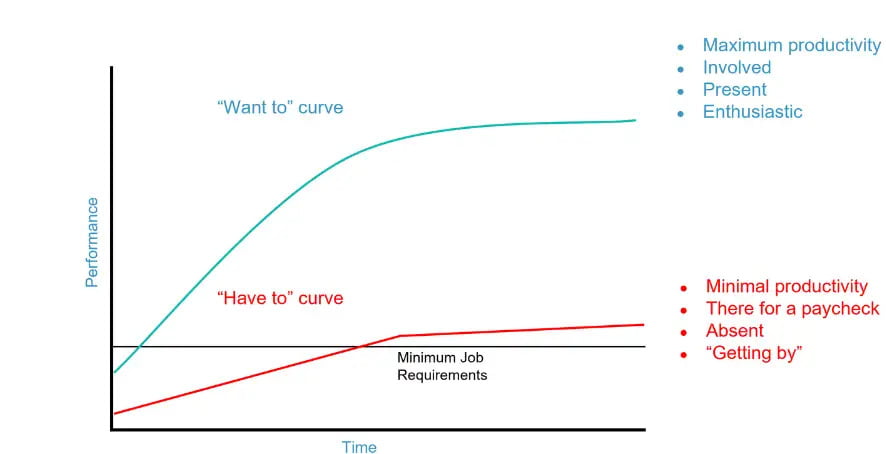
Many times, leaders have told me that they have a team of well-educated professionals with all of the right credentials, training, knowledge, and experience. They go on to say that while any single individual would totally impress you, the team underwhelms. Why is that?
The excitement of assembling what is considered to be an “A-Team” soon dwindles when their leader becomes dismayed. The team’s collective results are much less than you would expect, given the caliber of people on the team. The team is a flop.
This phenomenon happens on all kinds of teams. In private and public businesses, learning institutions, and government. There are countless examples.
So, why do these smart teams fail?
Reason #1 – Why Smart Teams Fail
They simply underperform. They tend to be mired down in power-struggles. They easily become defensive. Often, they operate in factions and break off from the team. It is pure dysfunction. Lack of trust and open communication. They cannot align themselves with the purpose of the team and the work that needs to be done.
Reason #2 – Why Smart Teams Fail
They have lots of blind spots. The team is caught off guard by events. All of a sudden, they get hit with a big issue that they had no idea was brewing beneath the surface. They did not have the ability to foresee this issue like they should have. They were too bogged down and were unable to see warning signs. Their defensiveness and anti-learning behaviors prevent them from exploring different ways of looking at problems. Hard to believe that such smart people exhibit anti-learning behaviors, but it happens. This is particularly dangerous as our business climate changes rapidly and unpredictably.
Reason #3 – Why Smart Teams Fail
They lack balance. They lack the openness that invites candor and curiosity. They cannot have an objective exchange of ideas. As a result, some team members become timid and cautious while others grow arrogant and like to argue. These out-of-balance teams miss a ton of opportunities.
WTF – What’s The Flaw
The team is unable to convert their individual intelligence, education, experience, and knowledge into team effectiveness. The team lacks the capacity to effectively communicate with each other – that is the root cause.
The Solution – Step #1 – You need to reset your understanding of your team
Every team is unique, and you need a way to understand the team in a very granular way. One such technique is our 1:1 Team Analysis Session. We sit down with the leader and go through a very intensive work session to uncover the following details:
You as the Leader
Gain a deeper self-awareness of your leadership strengths, potential blind spots, and areas of synergy and conflict with your team.
You + Others
Gain an understanding of your team’s composition from a behavioral perspective; includes their behavioral strengths, potential blind spots, gaps, and trouble areas.
You + Others + Work
See yourself, your team, and your strategy plotted on the competing values framework to identify strengths, alignment, and gaps. This will provide insight on how you can better align your team to your goals.
The Solution – Step #2 – You need to bring each individual through their own journey of discovery to become a better team member
This step in the process includes the following key features:
Discover Self-Awareness
Create the desire for individuals to look in the mirror. You need a way to individualize and create a risk- free way to help each individual begin their journey of self-awareness.
Understand Your Teammates
Through peer-to-peer learning activities in pairs and in group settings bringing awareness of the barriers that exist and why they exist will allow team members to take a load off their shoulders. The awkwardness of the old team’s dysfunction is now replaced with a renewed desire to look at how they interact with each other and others outside the team in a different, more impactful way.
Expand your Individual Sphere of Influence within the team and outside the team
When team members are more confident in themselves and are better aligned to the team, they can exercise better judgement and work with others to fix issues. The issues can be a problem related to the actual work the team is responsible for or it can be a problem of process or procedure inside the team or with another team. When each individual team member is better grounded these disconnects will be identified, understood, and fixed; often times without intervention of the leader.
Practice Effective Communication
Armed with more open-mindedness and confidence, team members will have begun to experience some “micro-wins” that we can further build upon. We are building foundational structure for the team to be more collaborative, cohesive, and engaged. Team members are beginning to become psychologically connected to the success of the organization even if it means they need to yield to another smart person’s idea instead of their own. That would never have happened with this team.
Our effective communication technique centers on four specific skills:
- Be present in the moment to properly engage the other person with whom you are communicating.
- Practice effective listening.
- Ask thoughtful open-ended questions.
- Assertively direct an action for follow up based on the issue that the communication was intended to address.
Your Next Steps
This can be a daunting task for leaders without the proper training, expertise, tools, and time. We are able to break down complex issues into simple steps that you and your team can take to greatly improve the impact of your smart team. People are complex and their uniqueness must be factored in how these issues are resolved.
If you are stuck with a smart underperforming team, consider this next step to improve your team.